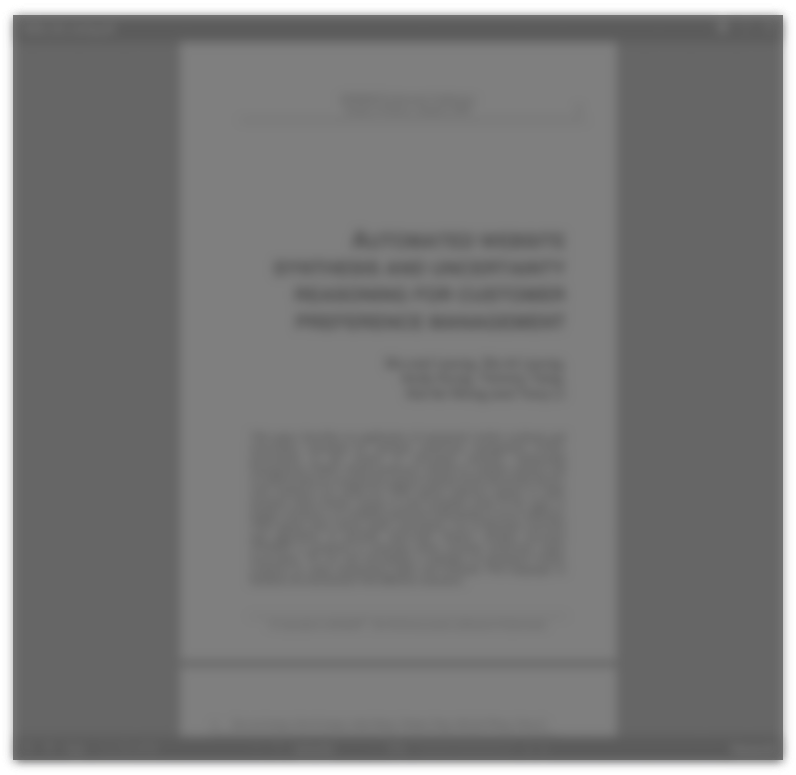Abstract:
Assessing the size and nature of national, regional and global markets for specific products has become both simpler and more difficult in the past twenty-five years. Compared to earlier large information gaps, many data points are now available. More sophisticated techniques and faster computers improve the marshalling of statistics. After data collection, however, information must still be turned into intelligence; evaluation remains a complex, time-consuming task. There is also built-in bias to issue optimistic projections. Forecasting remains an art, not a science. In this essay, we use both hindsight and foresight. Forecasts were made in 1973 for 1980 - in a global framework, using a composite or consensus method. Did the forecasts come TRUE or not? If off-target, what was the cause and what can be learned? Additionally, using a far more rich database than available in the 1970s, projections from the mid-1990s for 2000 and beyond are presented. Will these projections be more on target? Stay tuned! But based on past record, modesty and humility, not boasting, are in order.







